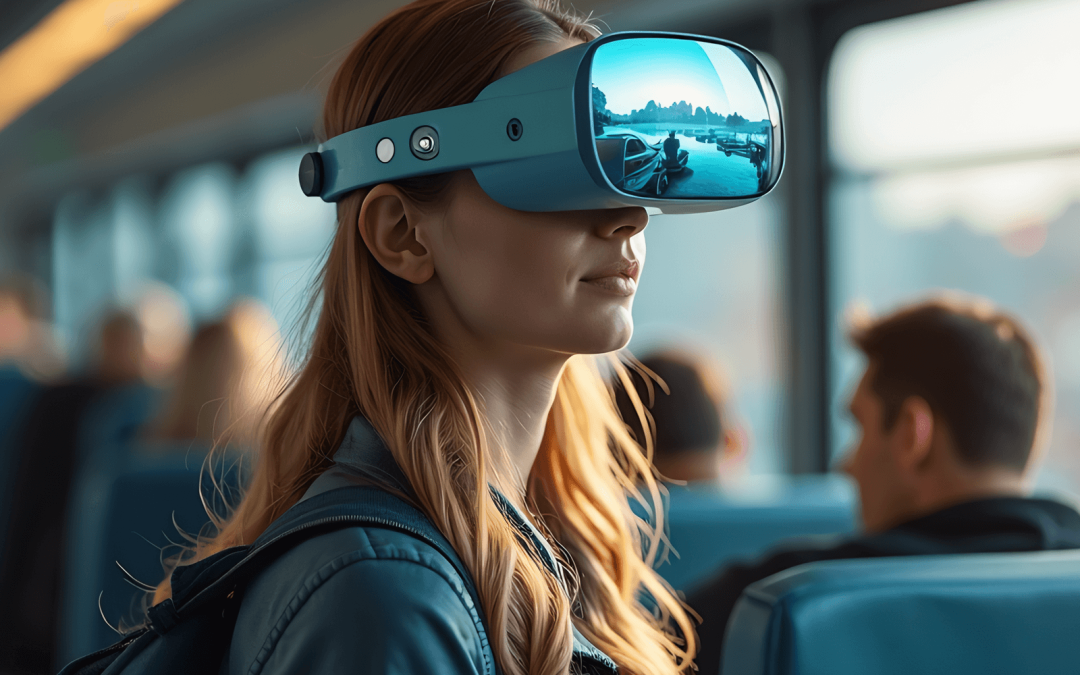In today’s fast-paced world, ensuring travel safety and security is paramount. Augmented Reality (AR) is emerging as a powerful tool to enhance these aspects, providing travelers with real-time information and alerts. This article explores how AR is revolutionizing travel safety and security.
Understanding Augmented Reality in Travel
Augmented Reality overlays digital information onto the physical environment, enhancing the user’s perception of reality. In the travel industry, AR applications can provide interactive maps, real-time translations, and safety alerts, enriching the travel experience.
Enhancing Personal Safety with AR
AR technology offers several features that contribute to personal safety during travel:
- Real-Time Hazard Alerts: AR applications can notify travelers of potential hazards in their vicinity, such as natural disasters or civil unrest.
- Navigation Assistance: Overlaying directions onto a traveler’s view helps in navigating unfamiliar areas safely.
- Emergency Information: AR can display locations of nearby hospitals, police stations, and emergency services.
Improving Security Measures through AR
Beyond personal safety, AR enhances overall security in travel:
- Enhanced Airport Security: AR can assist security personnel by overlaying information about passengers and luggage, streamlining the screening process.
- Virtual Boarding Passes: Travelers can use AR to display boarding passes and identification, reducing physical contact and potential fraud.
- Crowd Management: AR applications can monitor crowd density and provide real-time data to prevent overcrowding and ensure social distancing.
Real-World Applications of AR in Travel Safety
Several innovations highlight the practical use of AR in enhancing travel safety:
- Interactive Safety Instructions: Airlines are developing AR-based safety demonstrations, making it easier for passengers to understand emergency procedures.
- Virtual Assistance: AR-powered virtual assistants can guide travelers through airport terminals, reducing confusion and enhancing security.
- Health Monitoring: In light of global health concerns, AR can monitor travelers’ health indicators and provide real-time updates to relevant authorities.
Future Prospects of AR in Travel Security
The integration of AR in travel safety is poised to grow, with potential developments including:
- Personalized Safety Alerts: AR systems could analyze individual travel plans and provide customized safety information.
- Integration with Wearable Technology: Combining AR with wearables like smart glasses can offer hands-free access to safety information.
- Enhanced Data Sharing: AR can facilitate real-time data sharing between travelers and security agencies, improving responsiveness to incidents.
Conclusion
Augmented Reality is transforming travel safety and security by providing real-time, interactive information to travelers and security personnel. As AR technology continues to evolve, its applications in the travel industry are expected to expand, offering innovative solutions to enhance safety and security for all.
For more insights into how AR is shaping the future of travel, visit ARVRTravel.com.

